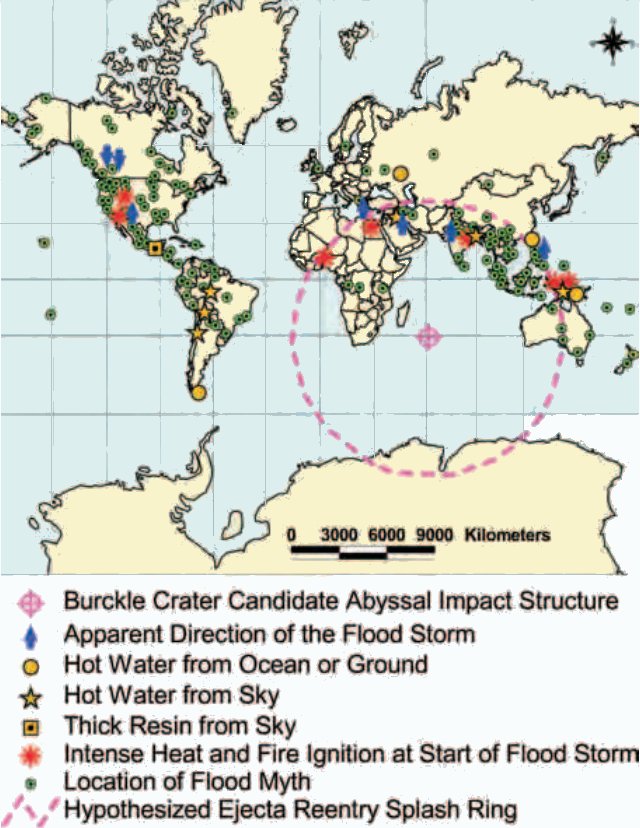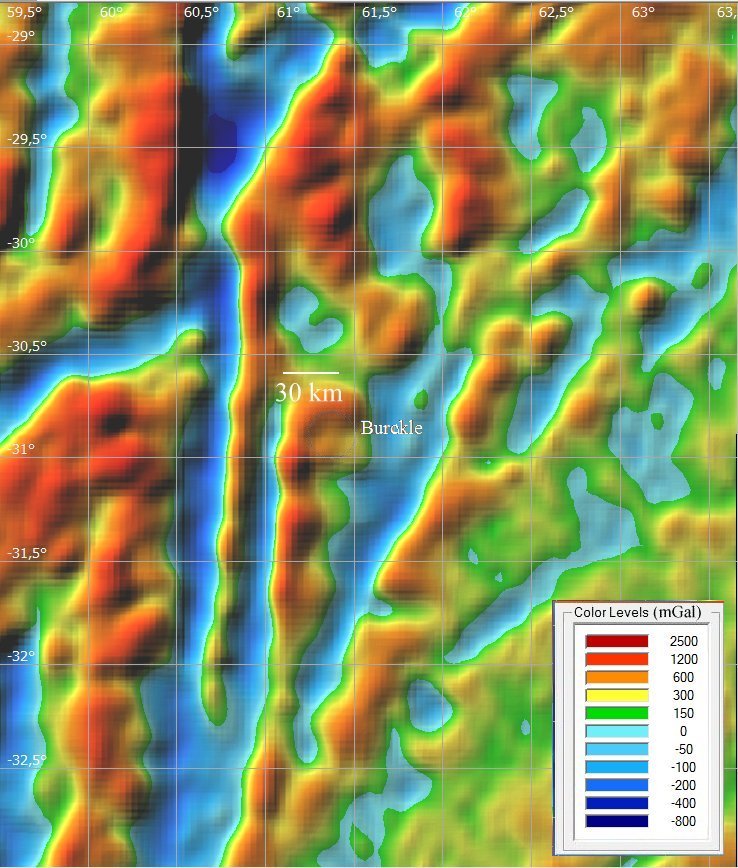- Abbott D.H., Martos S., Elkinton H., Bryant E.F., Gusiakov V., Breger D. (2006). Impact craters as sources of megatsunami generated chevron dunes // 2006 Philadelphia Annual Meeting (22-25 October 2006)
- Masse W.B. , Bryant E., Gusiakov V., Abbott D., Rambolamanana G., Raza H., Courty M.A. (2006). Holocene Indian ocean cosmic impacts ---- the megatsunami chevron evidence from southern Madagascar // AGU, San Francisco
- Masse W.B. (2007). The Archaeology and Anthropology of Quarternary Period Cosmic Impact.
- Abbott D., Bryant E., Gusiakov V., Masse B. (2010). Largest natural catastrophes in Holocene and their possible connection with comet-asteroid impacts on the Earth // 6th Alexander von Humboldt International Conference
- Hamacher D.W., Norris R.P. (2010). Australian Aboriginal Geomythology: Eyewitness Accounts of Cosmic Impacts? // Preprint: Submitted to Archaeoastronomy - The Journal of Astronomy in Culture.
- Monika Kumlehn de Mamani & Ingrid Grambow (2022). IMPAKTNAMEN: Namen der [Meteorite; Impakte/Krater; Boliden/Fireballs; Tektite] im Sonnensystem.
- По сообщению Бориса Савельева от 11.03.2025: "...на последнем фото рельеф очень похож на конусы сотрясения".
Координаты кратера Indian ocean -19,6 50 (Monika..., 2022) соответствуют структуре Арк-дес-Маскарин.

Map depicting the location of Burckle Crater candidate abyssal impact structure in relation to selected environmental variables as stated in a sample of 175 "Great Flood" myths. In addition to depicting the approximate locations of the sampled flood myths themselves, the variables include the apparent direction traveled by the flood storm; hot water noted as coming from the ocean;
hot water and "thick resin" noted as coming from the sky; and intense heat and ignition fires at the start of the flood storm (the latter includes a story from Egypt not in the sample of 175 myths). The figure also depicts a "hypothesized ejecta re-entry splash ring" modeled as the approximate boundary between the limits of rocky ejecta and condensed water vapor from the hypothesized Burckle Crater impact
(Masse, 2007).
Impact glass spherules.
(Masse at al., 2006)

Аномалии силы тяжести в области предполагаемого воздействия (получено по данным GLOBAL MARINE GRAVITY V18.1 средствами системы ENDDB).
Обзор статей:
На юге Мадагаскара есть документальные свидетельства того, что волна цунами поднималась на высоту 205 м над уровнем моря и проникала вглубь страны на расстояние до 45 км вдоль оси шеврона. Ориентация дюн соответствует не преобладающему направлению ветра, а траектории преломленного мегацунами, исходящего из района предполагаемого кратера Буркле.
(Abbott at al., 2010).
На главную




